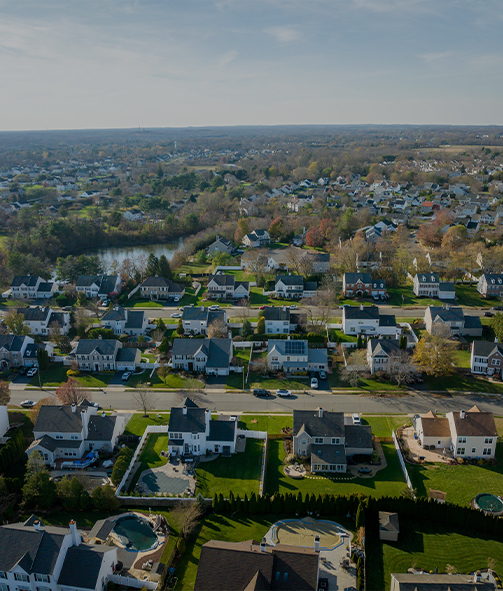Pedestrian Accident Liability
Case Note:
A recent New Jersey case resulted in a 1.25-million-dollar settlement for the estate of a pedestrian that was struck crossing a road outside of a designated crosswalk area. The pedestrian was crossing mid-block at night wearing dark clothing when he was struck. The defense in the case alleged that the pedestrian’s own negligence contributed to the accident and argued that the driver did not breach any duty of care owed.
In New Jersey, a pedestrian crossing at a point other than a crosswalk is charged with the duty to exercise for his/her own safety reasonable care commensurate with the risk of such crossing. In determining whether such care was used, a jury would be asked to consider the location involved, the existing state of the traffic, the observations made by the pedestrian before and during the crossing, the presence of obstructions to view (such as buildings, passing or parked cars, rain, fog and darkness) and from these and all other facts and circumstances present, determine whether the pedestrian in this case exercised the care required.
In addition, a jury would be asked to further consider the following statutory provisions that are part of our New Jersey Motor Vehicle Act. They are referred to in N.J.S.A. 39:4-34 and 39:4-36.
N.J.S.A. 39:4-34 provides, in part, that:
Where traffic is not controlled and directed either by a police officer or a traffic control signal, pedestrians shall cross the roadway within a crosswalk or, in the absence of a crosswalk, and where not otherwise prohibited, at right angles to the roadway. It shall be unlawful for a pedestrian to cross any highway having roadways separated by a medial barrier, except where provision is made for pedestrian crossing.
In addition, N.J.S.A. 39:4-36 provides, in part, that:
[e]very pedestrian upon a roadway at any point other than within a marked crosswalk or within an unmarked crosswalk at an intersection shall yield the right of way to all vehicles upon the roadway.
These pedestrian obligations are to be weighed considering those that exist for drivers to make observations. Generally, what this means is that a driver of an automobile is under the duty of exercising for the safety of others with a degree of care, precaution and vigilance in the operation of his/her car which a reasonably prudent person would exercise under similar circumstances. In essence, negligence is a deviation from this accepted standard of conduct. As such, a motorist is required to make such observations for pedestrians who are in, or may come into the motorist’s path of travel, as a reasonably prudent person would make.
Ultimately, the liability in these types of cases are very fact sensitive and often difficult question for a jury to answer. If you have been injured in an accident on New Jersey roadways, you should contact an experienced attorney to seek legal representation and seek compensation. A consultation with a personal injury attorney could help you get the necessary information you need to best protect and pursue your legal rights.
